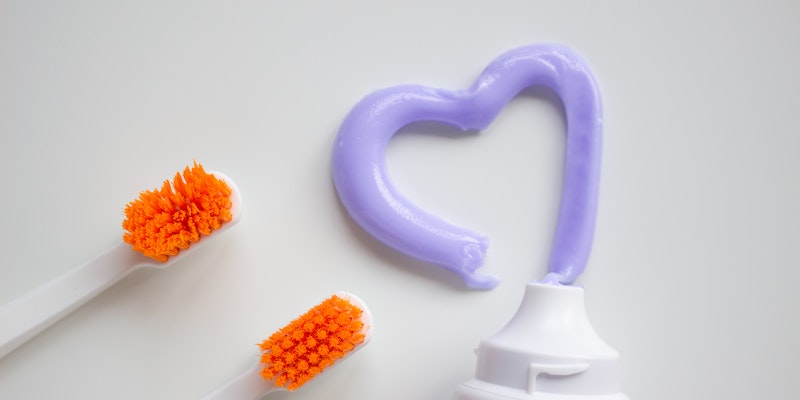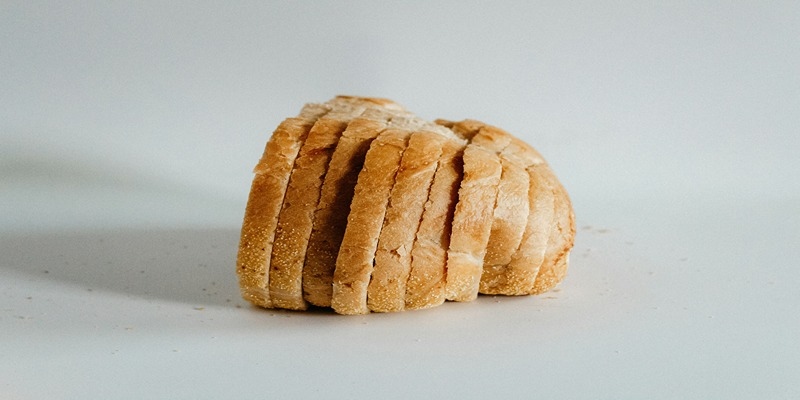It's exhilarating to jump into a pool of water to cool down in the summertime heat. Is it not? However, did you know that swimming in chlorinated water may seriously damage your scalp and hair? Your skin comes into contact with chlorine-treated pool water when swimming, which can harm it in addition to giving it a sticky tan. How, then, do you safeguard it? To discover out, continue reading!
Why Is Skin Damaged by Chlorine Water?

The protective layer of your skin can be damaged by the potent chemical chlorine. Your skin may lose its natural oils as a result, which might result in irritation and other skin problems.
According to dermatologists, "Chlorine water erodes the skin membrane and causes inflammation." Additionally, it may darken the skin. However, by using effective moisturizers and sunscreens, the harm may be undone. The following are some ways that chlorinated water might damage your skin:
1. Leads to Darkening and Sun Damage
The rate at which melanin is produced is triggered by direct sun exposure. Skin already contains melanin. However, exposure to the sun speeds up its rate of manufacturing, darkening the skin. Nothing can shield your skin from UV rays after the barrier is broken by chlorine water. Extreme tanning and sunburn result from this.
2. Produces Desiccation
As a naturally occurring irritant, chlorine causes pores to expand and depletes the skin of the natural oils necessary to keep it hydrated and healthy. Chlorine exposure too much could dry out the flesh and make it irritated and itchy. Years of constant exposure to chlorine can cause premature aging and have a major negative impact on the health of the skin.
3. Leads to Early Ageing
After washing your hands, have you ever spotted creases on the tips of your fingers? Long periods of time spent in a pool with chlorinated water may be more damaging to your skin. The protective layer of your skin is destroyed by chlorine water, leaving the deeper layers vulnerable to environmental aggressors. This may cause wrinkles as well as fine lines by dissolving the amino acid in your skin that keeps it elastic and strong.
4. Irritates and Produces Rashes
Chlorinated water can exacerbate the symptoms of sensitive skin, causing itching, rashes, or inflammation. It can also cause acne to acne-prone skin can cause breakouts on different areas of the face.
5. Leads to Sebum Overproduction
Your skin may overproduce sebum if its barrier is compromised, leaving it without enough moisture. Your skin makes this adjustment to make up for a shortage of essential oils that it needs. Acne may result from excessive sebum production.
6. Good Bacteria Can Be Killed by Chlorine
Chlorine aids in the removal of the dangerous germs that cause illness. In addition, it destroys the beneficial microflora and good bacteria that are essential to our skin's health. According to certain research, polyunsaturated fatty acids and vitamin E may both be destroyed by chlorinated water.
How to Prevent Chlorine Damage to Skin and Hair in Swimming Pools?

Just because you enjoy swimming does not mean that you will eventually have dry skin and scratchy hair. The following time that you take a dip try using these strategies to save your skin and hair.
1. Reduces the Amount of Chlorine on the Hair and Skin
They lessen the amount of chemicals that can contaminate your skin and hair by allowing gases from the elements in the water's surface to dissipate into the air. Additionally, these kinds of pools are healthier for your lungs, sinuses, and eyes. If you must swim inside, look for pools with good ventilation.
2. Reduce the Chlorine Absorption by Skin and Hair
Once they're wet, both their skin and hair are less prone to absorbing water from the pool. Before entering, make sure you're completely submerged to boost resistance.
3. Use Conditioner or Hair Oil to Shield Hair from Chlorine
Before entering the pool, hair experts advise using a deep conditioning treatment or an oil that is natural, like coconut oil, to your hair. It also helps to strengthen the hair follicles by forming a layer that protects your hair from the toxins in the pool, including chlorine. However, if you take oil, make sure you're bathing in a swimming pool indoors or wearing a cap.
4. Wear a Swim Cap to Protect Hair from Chlorine
This is the most effective method of protecting chemically treated hair. Put on your hat after taking a shower and styling your hair with conditioner or hair oil. Naturally, if you believe you have a good cap that will shield your hair from all exposure, you can wear it without washing it, but for optimal resistance to chlorine, you should wash and condition your hair first. Reattach your hair with pins. Pin your hair back to reduce exposure if you don't want to wear a cap.
5. Use Lotion Before Getting in the Pool
Lotion adds layer of protection to your skin, much like conditioner does for your hair. If swimming outside, wear sunscreen; if swimming indoors, wear a lotion or oil. You are welcome to sample our body care lotion, which works well for all skin types.
6. Take a Shower to Remove Chlorine After a Chlorine Swim
After swimming, wash your skin and hair with a mild, sulfate-free hair care product, such as our herbal shampoo, to remove any remaining chemicals. A short wash may leave leftover chlorine in the follicles, so give your hair a thorough soak in the water.
The Bottom Line!
Even though swimming is fantastic physical exercise and a vital life skill, many people are concerned about the chlorine utilized for washing swimming pools. You must have learned enough about chlorine's harmful effects on the skin by now. Thus, if you swim frequently, then make it a priority to adhere to these recommendations to keep your skin from becoming parched, discolored, and dry. You're set to go after you establish your routine!




